Troubleshooting and doing your own AC repair in Chelan and Wenatchee, Washington, can appear like a lot of hassle.
There’s a better way. There are several quick remedies you can attempt by yourself that might help you get out of an AC service call.
When you’re having air conditioning issues, try this checklist before calling a heating and cooling repair professional like Lakeside Heating & Air.
Our experts are standing by at 509-300-1829 when you need expert service. We have emergency AC repair and work on most brands of central AC equipment.
If you want to get an up to date air conditioner, we also provide AC installation.
When you’re in contact with us, contemplate a yearly AC maintenance plan that may help you keep clear of future malfunctions. We can advise how often you need air conditioner service.
Ready to get started troubleshooting your system? Try our fast tips below. Many of these procedures don’t require any HVAC knowledge.
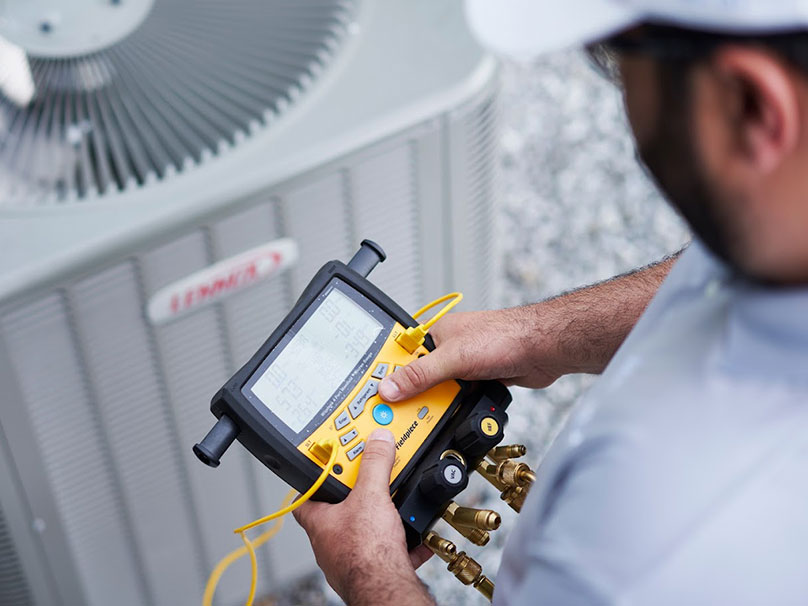
Our work is backed by a 10-Year Labor & Parts Warranty from JB Warranty.
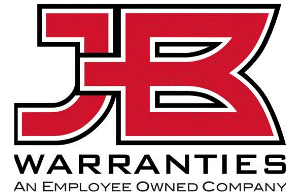
Warnings Signs You Need AC Repair
Wondering if your air conditioner needs repair? From strange odors to warm air coming from the vents, there are many clues that your cooling system has an issue and needs evaluation or repair.
Here are some red flags that trouble may be developing and it’s time to call an HVAC technician from Lakeside Heating & Air:
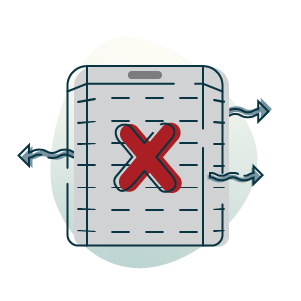
AC blows warm air instead of cold
If heated air is flowing out of your AC unit instead of cool air, or if the air isn’t as cold as you’d like, it’s a wise decision to call us for professional cooling service.
Air conditioner keeps turning on and off
If your AC system turns on and off instead of completing its normal cycle, it could be a warning of potential issues and should be evaluated by one of our certified HVAC technicians.
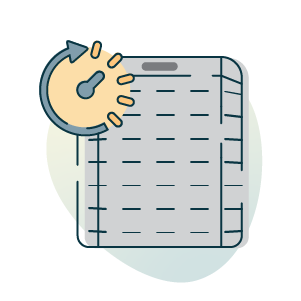
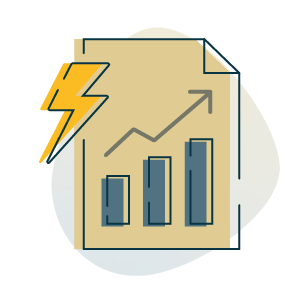
Monthly utility bills increase for seemingly no reason
A sharp increase in your energy costs can be a signal your AC unit is losing efficiency, which means it uses more energy to maintain a comfortable indoor temperature and needs AC maintenance or repair.
Odd odors are coming from your air conditioning
Air conditioners shouldn’t produce odors. Unusual odors coming from your air conditioner should be checked by an expert, as they can be a sign of problems like mold, mildew or even electrical issues.
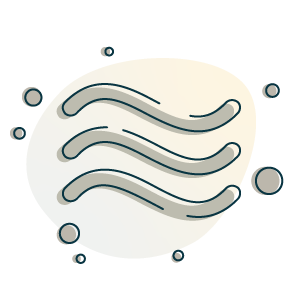
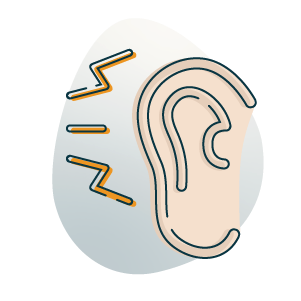
AC starts making noises
If you hear odd noises when your air conditioning is running — thumping, scraping or squealing, to name just a few — it’s important to call for professional HVAC service to get to the bottom of the issue.
Request Professional Air Conditioner Repair Today
When you require air conditioning service fast, reach the HVAC repair specialists at Lakeside Heating & Air. We’ll promptly pinpoint the problem when your equipment won’t start or give enough chilled air.



